
Amiga is a family of personal computers introduced by Commodore in 1985. The original model is one of a number of mid-1980s computers with 16- or 16/32-bit processors, 256 KB or more of RAM, mouse-based GUIs, and significantly improved graphics and audio compared to previous 8-bit systems. These systems include the Atari ST—released earlier the same year—as well as the Macintosh and Acorn Archimedes. Based on the Motorola 68000 microprocessor, the Amiga differs from its contemporaries through the inclusion of custom hardware to accelerate graphics and sound, including sprites and a blitter, and a pre-emptive multitasking operating system called AmigaOS.
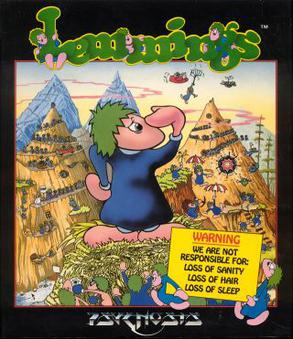
Lemmings is a puzzle-strategy video game originally developed by DMA Design and published by Psygnosis for the Amiga in 1991 and later ported for numerous other platforms. The game was programmed by Russell Kay, Mike Dailly and David Jones, and was inspired by a simple animation that Dailly created while experimenting with Deluxe Paint.
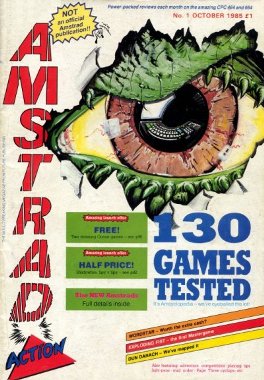
Amstrad Action was a monthly magazine, published in the United Kingdom, which catered to owners of home computers from the Amstrad CPC range and later the GX4000 console.

Rise of the Robots is a fighting game released by Time Warner Interactive in 1994. Originally developed for the Amiga and DOS by Mirage's Instinct Design, it was ported to various video game consoles, including the Super NES, the Mega Drive, and the 3DO Interactive Multiplayer. The game includes a single-player mode in which the player assumes the role of the ECO35-2 Cyborg as he attempts to stop the Supervisor, who has taken over Electrocorp's facilities in Metropolis 4, and a two-player mode in which the second player controls a character chosen from among ECO35-2's enemies.

UFO: Enemy Unknown, also known as X-COM: UFO Defense in North America, is a 1994 science fiction strategy video game developed by Mythos Games and MicroProse. It was published by MicroProse for DOS and Amiga computers, the Amiga CD32 console, and the PlayStation. Originally planned by Julian Gollop as a sequel to Mythos Games' 1988 Laser Squad, the game mixes real-time management simulation with turn-based tactics. The player takes the role of commander of X-COM – an international paramilitary and scientific organization secretly defending Earth from an alien invasion. Through the game, the player is tasked with issuing orders to individual X-COM troops in a series of turn-based tactical missions. At strategic scale, the player directs the research and development of new technologies, builds and expands X-COM's bases, manages the organization's finances and personnel, and monitors and responds to UFO activity.
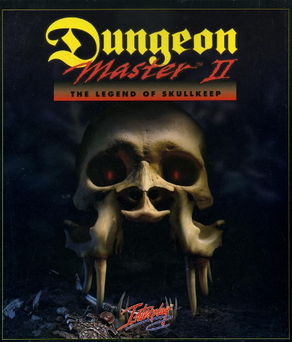
Dungeon Master II: The Legend of Skullkeep, also released as Dungeon Master II: Skullkeep, is the sequel to the dungeon crawler role-playing video game Dungeon Master. It was released in 1993 in Japan and in 1995 in other countries. It is available for DOS, Amiga, Macintosh, Sega CD, PC-9801, PC-9821, and FM Towns. A Sega Mega Drive version was planned but never released.
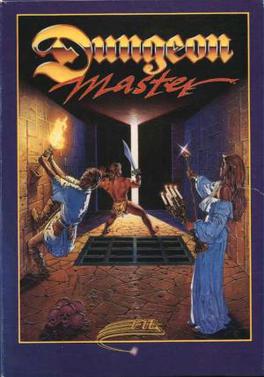
Dungeon Master is a role-playing video game featuring a pseudo-3D first-person perspective. It was developed and published by FTL Games for the Atari ST in 1987, almost identical Amiga and PC (DOS) ports following in 1988 and 1992.
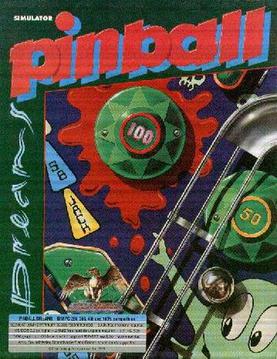
Pinball Dreams is a pinball simulation video game developed by Digital Illusions and originally released for the Amiga in 1992. It spawned several sequels, including Pinball Fantasies and Pinball Illusions. The MS-DOS port was digitally released by Rebellion Developments along with its sequel and Pinball Mania on February 22, 2011 on GOG.com with support for Microsoft Windows. It received an OS X build on April 23, 2013; and a Linux build on August 19, 2014.

Syndicate is an isometric real-time tactical and strategic game from Bullfrog Productions created in 1993, and released for a variety of platforms beginning with the PC and Commodore Amiga. It is the first title in the Syndicate series. Set in a dystopian future in which corporations have replaced governments, Syndicate puts the player in control of a corporation vying for global dominance.
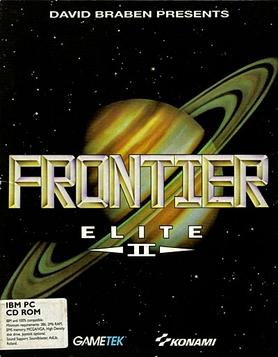
Frontier: Elite II is a space trading and combat simulator video game written by David Braben and published by GameTek and Konami in October 1993 and released on the Amiga, Atari ST and DOS. It is the first sequel to the seminal game Elite from 1984.

Moonmist is an interactive fiction game written by Stu Galley and Jim Lawrence and published by Infocom in 1986. The game was released simultaneously for the Amiga, Amstrad CPC, Apple II, Atari 8-bit computers, Atari ST, Commodore 64, MS-DOS, TRS-80, TI-99/4A, and Mac. It is Infocom's twenty-second game. Moonmist was re-released in Infocom's 1995 compilation The Mystery Collection, as well as the 1996 compilation Classic Text Adventure Masterpieces.

Jungle Strike is a video game developed and published by Electronic Arts in 1993 for the Sega Genesis. The game was later released on several other consoles such as the Super Nintendo Entertainment System (SNES), and an upgraded version was made for DOS computers. The Amiga conversion was the responsibility of Ocean Software while the SNES and PC DOS versions were that of Gremlin Interactive, and the portable console versions were of Black Pearl Software. It is the direct sequel to Desert Strike and is the second installment in the Strike series. The game is a helicopter-based shoot 'em up, mixing action and strategy. The plot concerns two villains intent on destroying Washington, D.C. The player must use the helicopter and occasionally other vehicles to thwart their plans.

Curse of Enchantia is a graphic adventure game developed and released by the British video game company Core Design for MS-DOS and the Amiga in 1992. The game tells the comic fantasy story of Brad, a teenage boy from modern Earth who was magically abducted to the world of Enchantia by an evil witch-queen. He needs to escape and find a way back to his own dimension.
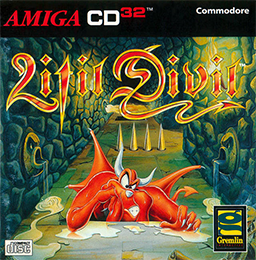
Litil Divil is a video game released by Gremlin Graphics Software in 1993. The game stars Mutt, a dog-like devil in the Underworld whose goal is to obtain the "Mystical Pizza of Plenty" from the Labyrinth of Chaos. Litil Divil's release was delayed several times, and the game was initially advertised in magazines under the name Little Divil.
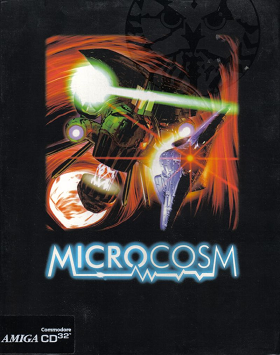
Microcosm is a 3D rail shooter video game developed and published by Psygnosis in 1993. It was originally developed for the FM Towns, and ported for the Sega CD, Amiga CD32, 3DO, and MS-DOS. Microcosm featured realistic FMV animation, with the graphics being rendered on Silicon Graphics workstations. The game is either in first-person or third-person view depending on the gaming system.

The Amiga CD32 (stylized as Amiga CD32) is a home video game console developed by Commodore as part of the Amiga line, as well as the final hardware to be developed by the company. Released in September 1993 in Europe, Australia, Canada, and Brazil, it was marketed as the "first" 32-bit games console and is essentially a keyboard-less Amiga 1200 personal computer without the I/O ports, but with the addition of a CD-ROM drive in place of floppy and a modified Advanced Graphics Architecture chipset for improved graphical performance.
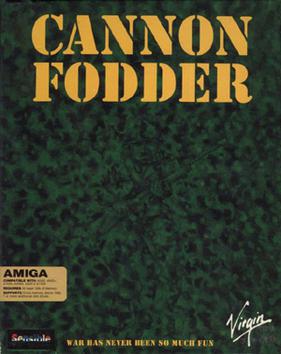
Cannon Fodder is a shoot 'em up developed by Sensible Software and published by Virgin Interactive Entertainment for the Amiga in 1993. Virgin ported the game to MS-DOS, the Atari ST and the Acorn Archimedes, as well as the Atari Jaguar, Mega Drive, SNES and 3DO. The game is military-themed and based on shooting action with squad-based tactics. The player directs troops through numerous missions, battling enemy infantry, vehicles and installations.

Fascination is an erotic thriller graphic adventure game developed by Tomahawk and published by Coktel Vision for the Amiga, Atari ST, and MS-DOS in 1991.


















